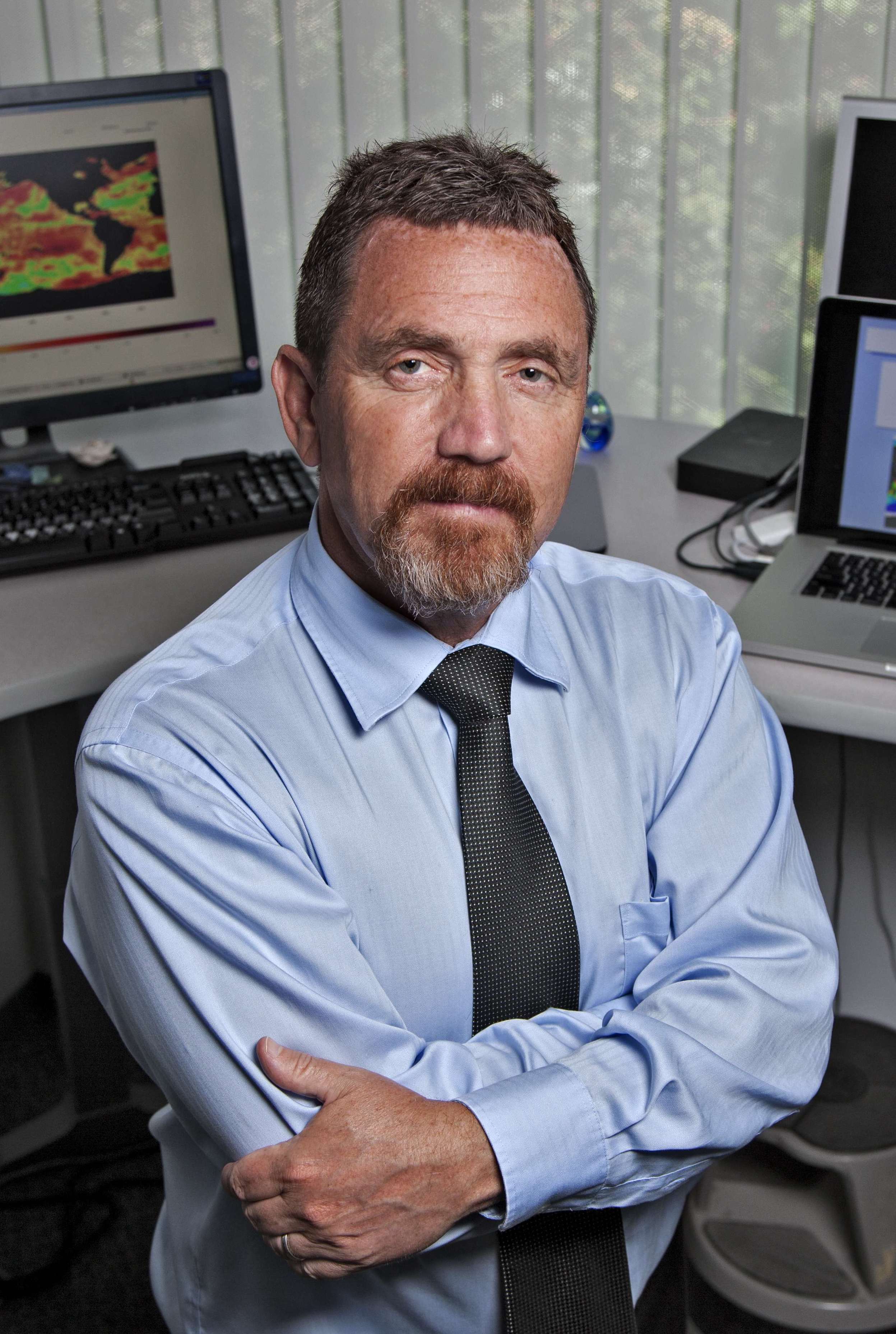Separating Signal and Noise: The Case of Tropospheric Temperature
Separating Signal and Noise: The Case of Tropospheric Temperature
Speaker: Ben Santer (Lawrence Livermore National Laboratory)
Abstract: In recent Senate and Congressional hearings, satellite estimates of tropospheric temperature change have been the focus of sustained political attention. In such fora, satellite temperature records are frequently used to advance claims that global-scale warming "leveled off" over the past two decades, that models are too sensitive (by a factor of 3 to 4) to human-caused increases in greenhouse gases, and that scientists cannot estimate the relative sizes of human and natural effects on climate. My talk will describe how scientists have addressed these claims and shown them to be incorrect. The message from this body of research is that changes in both tropospheric and stratospheric temperature support findings of a “discernible human influence” on global climate. This support is strong: a recent pattern-based study indicates that there is high confidence in the positive identification of an human fingerprint in satellite tropospheric temperature records. In climate science, anthropogenic signal identification is already beyond the canonical "five sigma threshold" that is often used for assessing the statistical significance of discoveries in particle physics (e.g., the discovery of the Higgs boson).
About the Speaker: Ben Santer is an atmospheric scientist at Lawrence Livermore National Laboratory (LLNL). His research focuses on such topics as climate model evaluation, the use of statistical methods in climate science, and identification of natural and anthropogenic “fingerprints” in observed climate records. Santer’s early research on the climatic effects of combined changes in greenhouse gases and sulfate aerosols contributed to the historic “discernible human influence” conclusion of the 1995 Report by the Intergovernmental Panel on Climate Change (IPCC). His recent work has attempted to identify anthropogenic fingerprints in a number of different climate variables, such as tropopause height, atmospheric water vapor, the temperature of the stratosphere and troposphere, ocean heat content, and ocean surface temperatures in hurricane formation regions. Santer holds a Ph.D. in Climatology from the University of East Anglia, England. After completion of his Ph.D. in 1987, he spent five years at the Max-Planck Institute for Meteorology in Germany, where he worked on the development and application of climate fingerprinting methods. In 1992, Santer joined LLNL’s Program for Climate Model Diagnosis and Intercomparison. Santer served as convening lead author of the climate-change detection and attribution chapter of the 1995 IPCC report. His awards include the Norbert Gerbier–MUMM International Award (1998), a MacArthur Fellowship (1998), the U.S. Department of Energy’s E.O. Lawrence Award (2002), a Distinguished Scientist Fellowship from the U.S. Dept. of Energy, Office of Biological and Environmental Research (2005), a Fellowship of the American Geophysical Union (2011), and membership in the U.S. National Academy of Sciences (2011).
About the EAPS Department Lecture Series: Weekly talks given by leading thinkers in the areas of geology, geophysics, geobiology, geochemistry, atmospheric science, oceanography, climatology, and planetary science. Lectures take place on Wednesdays from 3:45pm in MIT Building 54 room 915, unless otherwise noted.



